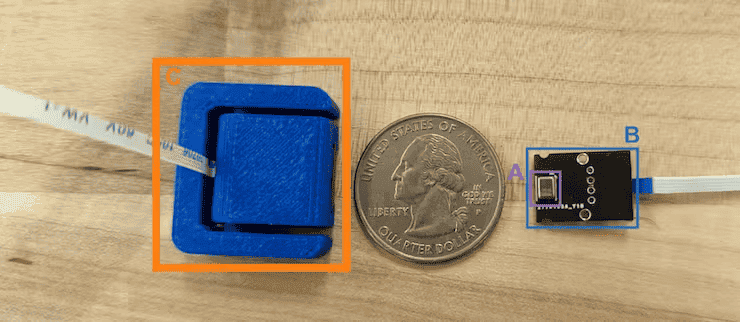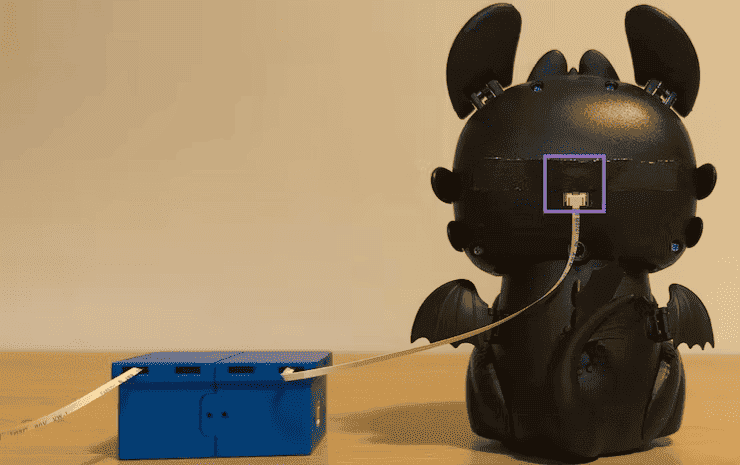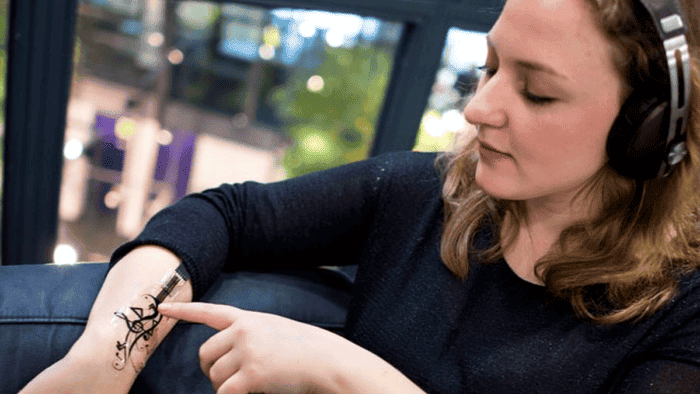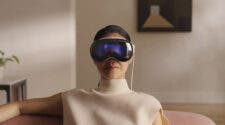A team of researchers at the University of Michigan has developed a new sensing system that can change the way we interact with computers. The system, called SAWSense, allows for touch inputs to be made on a variety of surfaces. These include couches, tables, and even clothing sleeves. By repurposing technology from new bone-conduction mics, known as Voice Pickup Units (VPUs), SAWSense can detect acoustic waves. It can detect only those that travel along the surface of an object. Thus, enabling it to work in noisy environments and along odd geometries.
Here Comes SAWSense tech – It can change the way we interact with smart devices
Although keyboards and touch devices are the two methods with the most popular, this can change soon. After all, these sometimes aren’t the best choice for data input. Thus, we are seeing researchers constantly trying to create new methods of input. That’s the case of the SAWSense, which promises to be a very interesting device in the future.

The potential for SAWSense is vast. With the new system, any surface can turn into a high-fidelity input device. Can you see the power of this? It opens a world of paths for human-PC interaction. Just imagine being able to control your PC or mobile device simply by tapping your finger on a table. Further, imagine you can scroll through a webpage by running your hand along the arm of your couch. The device can boost gaming or enable hands-free control of devices in places where touch screens or button presses are not feasible.
One of the key advantages of SAWSense is its ability to work on soft surfaces such as fabric. This can be really interesting for wearable tech and smart clothing. After all, you can register touch inputs through the sleeve of a shirt or the cuff of a jacket. You can also use it to create input devices for people with disabilities or mobility impairments. This can help them to interact with smart devices more easily and naturally.

The research team behind SAWSense showed several proof-of-concept use scenarios. These include using a table to power a laptop’s trackpad and controlling a video game by tapping a toy. The team is now working to refine the technology and expand these use-case scenarios. Their goal is to produce something commercial.
There are multiple use-case scenarios, and the system can detect even subtle gestures
The SAWSense’s VPU can detect even subtle touch gestures. Worth noting, that the device is sealed. As a result, interference from background noise will never be an issue. The team designed a machine-learning model to allow the system’s algorithm to learn with the input data. Hence, it’s constantly evolving and learning.
As we’ve said before, the team conducted multiple tests. It was found that trackpad-style gestures made on a desk, and sixteen different cooking-related activities in a kitchen could be recognized with better than 97% accuracy. Of course, the tech is giving its first steps. In the future, we expect the accuracy to raise further, thus, it will be more reliable on different examples of usage. The goal is to make it ready for the most varied needs.
This tech represents a major step forward in creating more natural and intuitive interfaces for smart devices. It could have a profound impact on the way we work, and play, in the years to come. We are curious to see what the future has in tow for this. Also, it’s really nice to see that some firms are not staying dormant in the current solutions that we have. Another interesting sample was the recently-spotted Humane AI Wearable.
Would you buy a device like this? Let us know in the comments section below.





